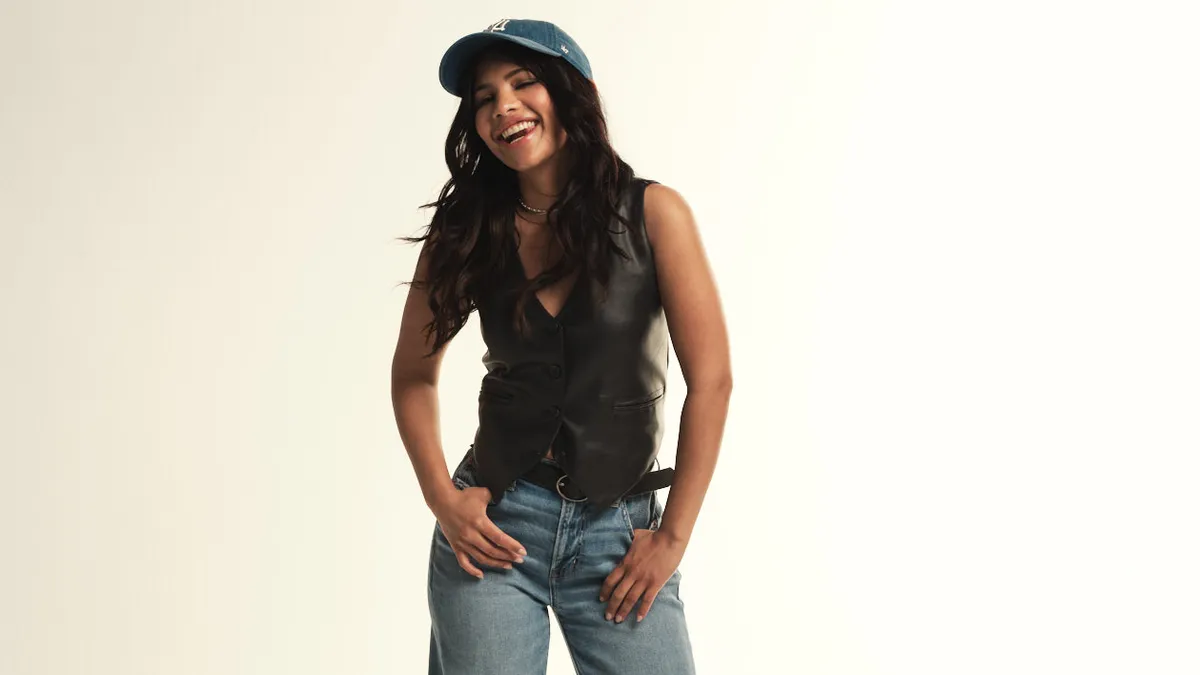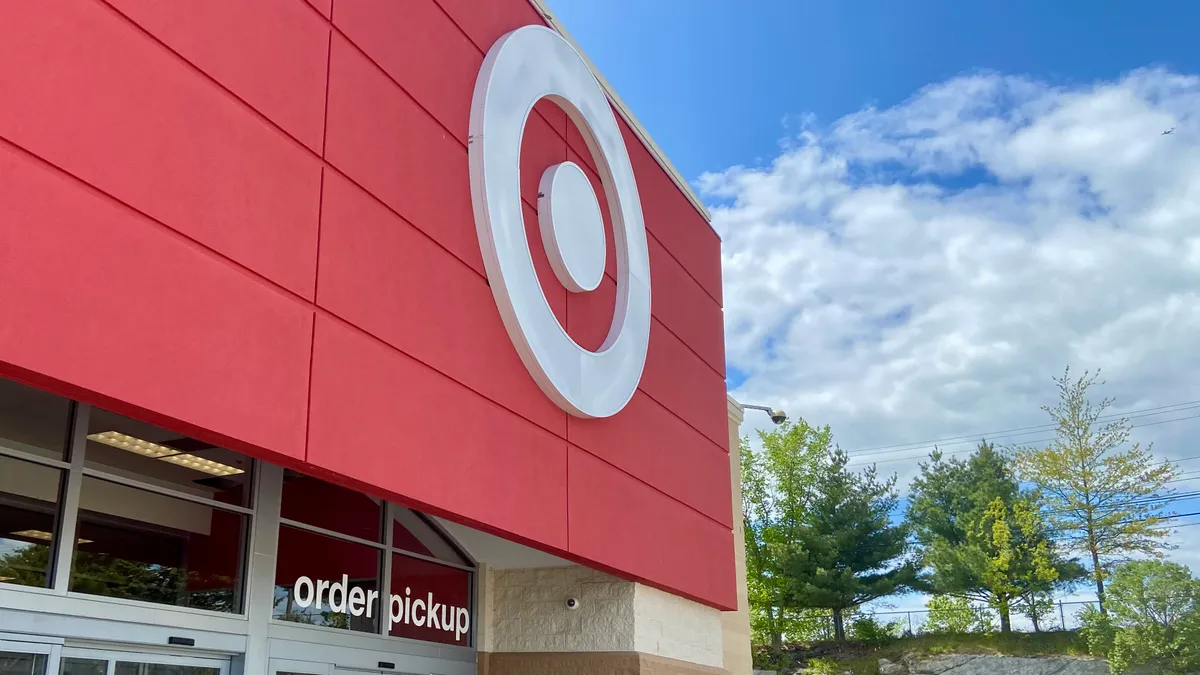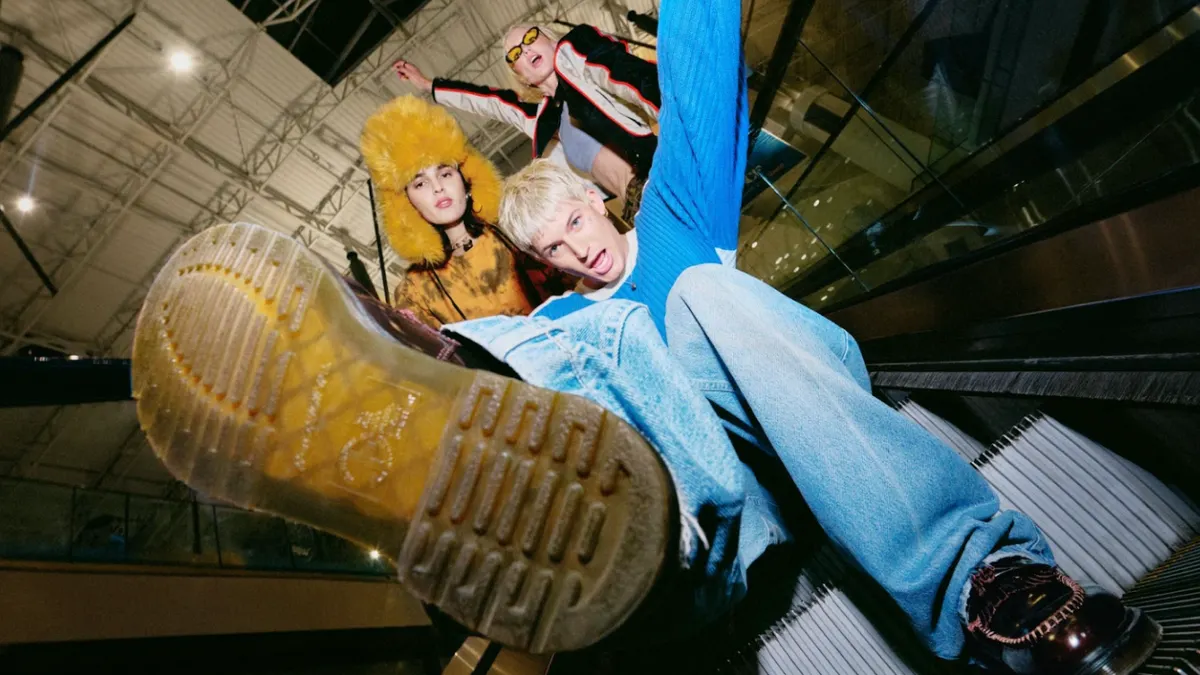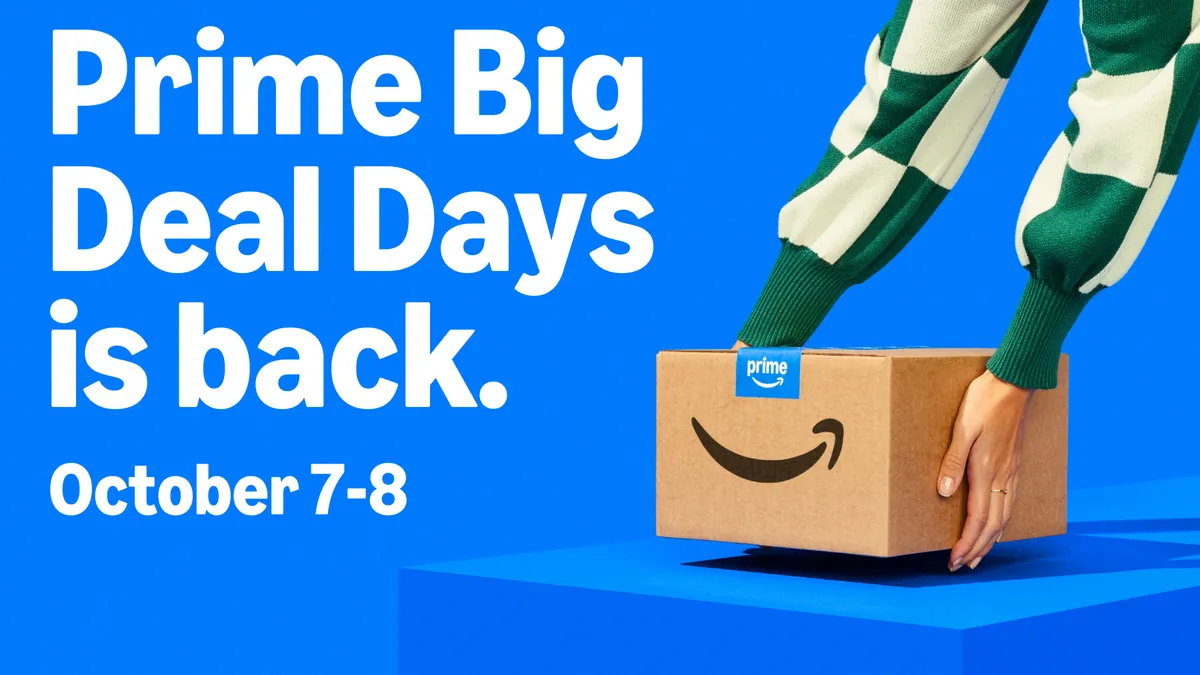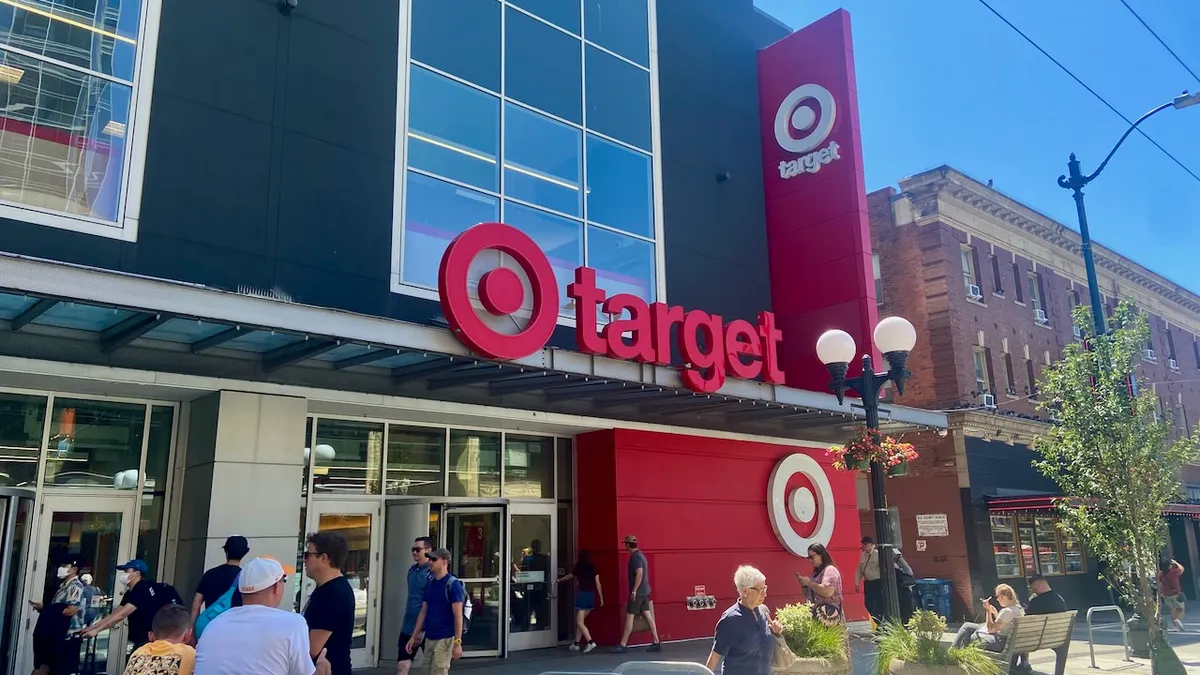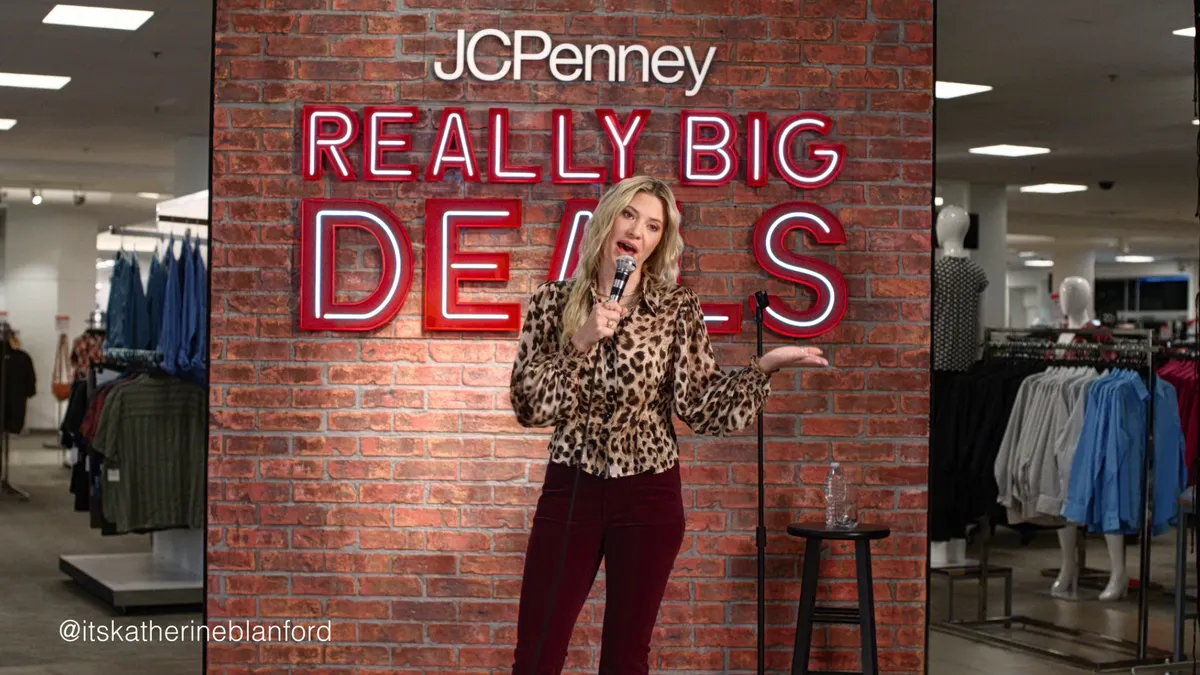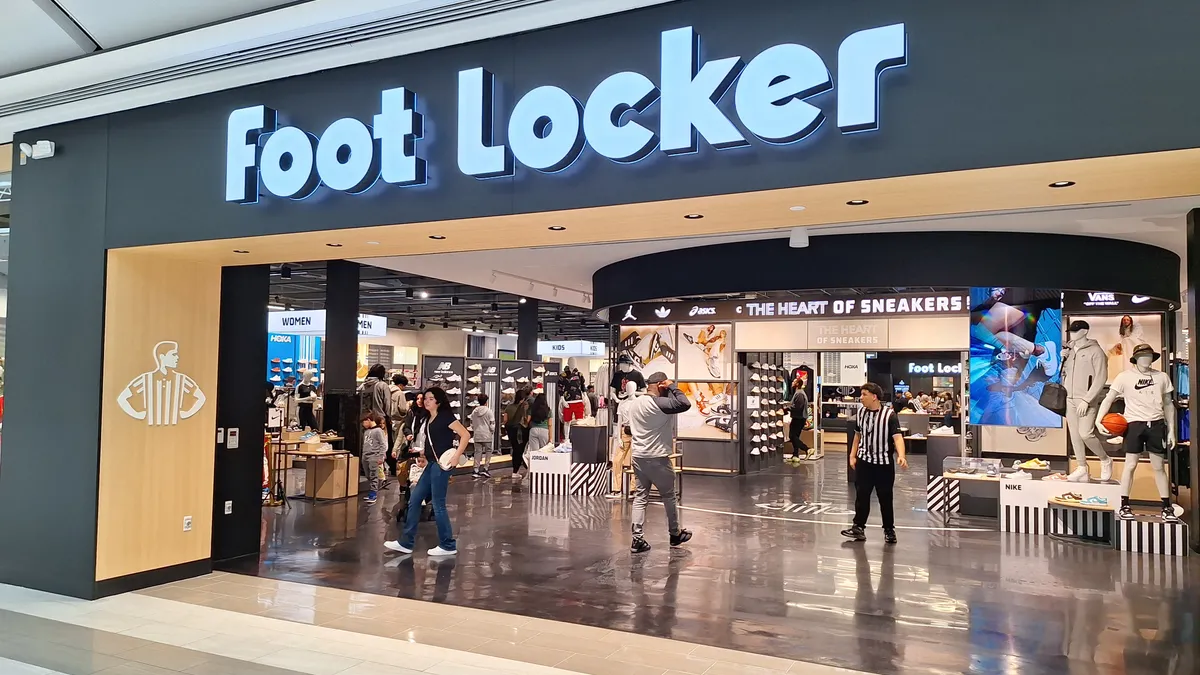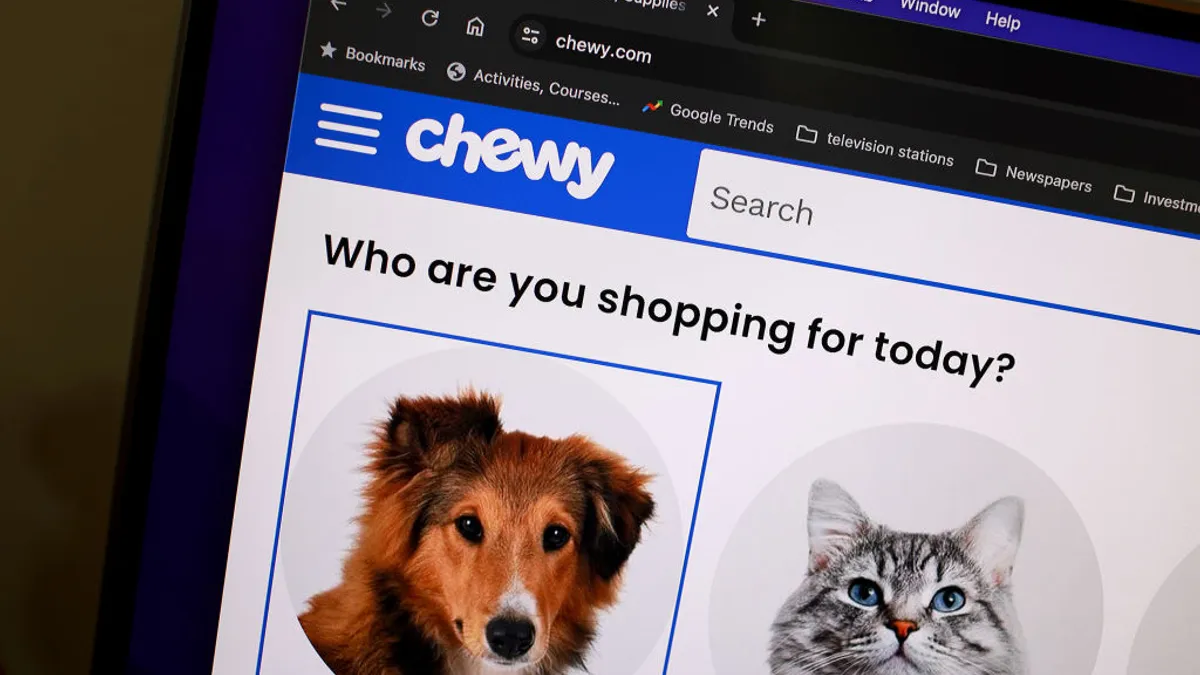NEW YORK — Like many retailers chasing social media-crazed Gen Z, American Eagle pumps out a lot of marketing, to the tune of about 500 pieces of content per week, according to Chief Marketing Officer Craig Brommers. A social media executive recently told Brommers that he should prepare for that figure to quintuple in the next few years, spurred by the fast-scrolling nature of endless feeds.
It’s not hard to see how generative artificial intelligence, often pitched around unlocking newfound levels of scale and efficiency, could be appealing to a leader like Brommers who is under growing pressure to crank up the production machine. American Eagle is still approaching the emergent technology with a degree of caution when it comes to creative. The company remains in its “dabbling” phase with AI, a potentially more common sentiment coming off a year that produced several high-profile marketing blunders in the broader industry. Coca-Cola, Toys R Us and Skechers were among some of the brands that received harsh responses to their AI-generated advertising efforts in 2024.
“What I worry about is the potential of generic creative. I think that there’ve been some very big brands — I won’t name them — that have come out with some AI creativity in their recent campaigns and gotten blasted,” said Brommers during a panel at the National Retail Federation’s Big Show on Sunday. Brommers was joined by a retail media executive from PayPal for a conversation moderated by Publicis Groupe on AI’s impact on digital advertising spend.
“Being generic, especially when we have to compete with the big boys and big girls at Amazon, Walmart, et cetera, we have to stand out brand-first, and that will be a trick,” Brommers added.
Keeping it real
Brommers’ deliberate approach to AI-generated creative is not unheard of, but stood out at a trade show where new technologies can fall subject to the hyperbole hype train. The executive emphasized that consumers value American Eagle and sister brand Aerie for their authenticity and representation, areas where AI often falls short and can even exacerbate existing human biases.
Aerie, which positions itself around inclusivity, implemented a policy to stop retouching photos of its models nearly a decade ago while American Eagle last fall was named the most bipartisan brand across categories in the U.S. by YouGov. Delegating more work around these lines to automation is ultimately a “scary” prospect, according to Brommers.
“For our brands, both American Eagle and our sister brand, Aerie, we are foundational on being real,” said Brommers. “We were voted the most bipartisan brand in the U.S., not just in retail, [but] every brand out there, more than Coca-Cola, even. That’s purposeful. We do that very hard. How does technology play into that?”
That said, Brommers, a retail veteran whose previous gigs include Gap, Abercrombie & Fitch and Calvin Klein, acknowledged that AI in a larger sense will be transformative, describing it as the third big shift in his career after the dot-com boom and monetization of social media. About 40% of American Eagle’s media business is already supported by AI, a figure the executive expects will climb higher in the near term.
“We’re trying to find the right way in from a creative perspective, even though below the line — or in this case, media buying — we’ve been pretty darn aggressive,” Brommers said.
Unlocking precision
One prospect that did seem to excite Brommers was AI’s ability to enable a greater degree of targeting precision and personalization. American Eagle bills itself as Gen Z’s No. 1 retailer, but the chief marketing officer noted that Gen Z is a demographic that contains “hundreds and hundreds and hundreds” of different audience segments that can have varied interests.
“The opportunity for us, again, is relevancy,” said Brommers. “We have a big marketing budget at American Eagle, and while I think we’re probably one of the most inventive in our industry, there is still a ton of waste.”
Climate change is another issue that Brommers hopes microtargeting might help untangle. Last fall was the warmest on record in the U.S., impacting a retailer that places a heavy focus on selling jeans. American Eagle’s comparable sales increased 3% year over year in Q3 2024 while revenue dropped 1% to $1.3 billion. The company recently raised its Q4 profit outlook and said holiday sales landed above expectations.
AI’s full marketing potential is still yet to be realized, but Brommers argued that being willing to embrace failure and learn from mistakes is a crucial part of the process. He described the rise of the tech as “humbling,” a feeling other CMOs may share as they’re tasked with mastering a complicated piece of technology and proving it can drive business results.
“This has the ability to be a game-changing force,” said Brommers of AI. “There will be definite winners and losers when you look back at what’s going to transpire probably in the next 24 to 36 months.”



